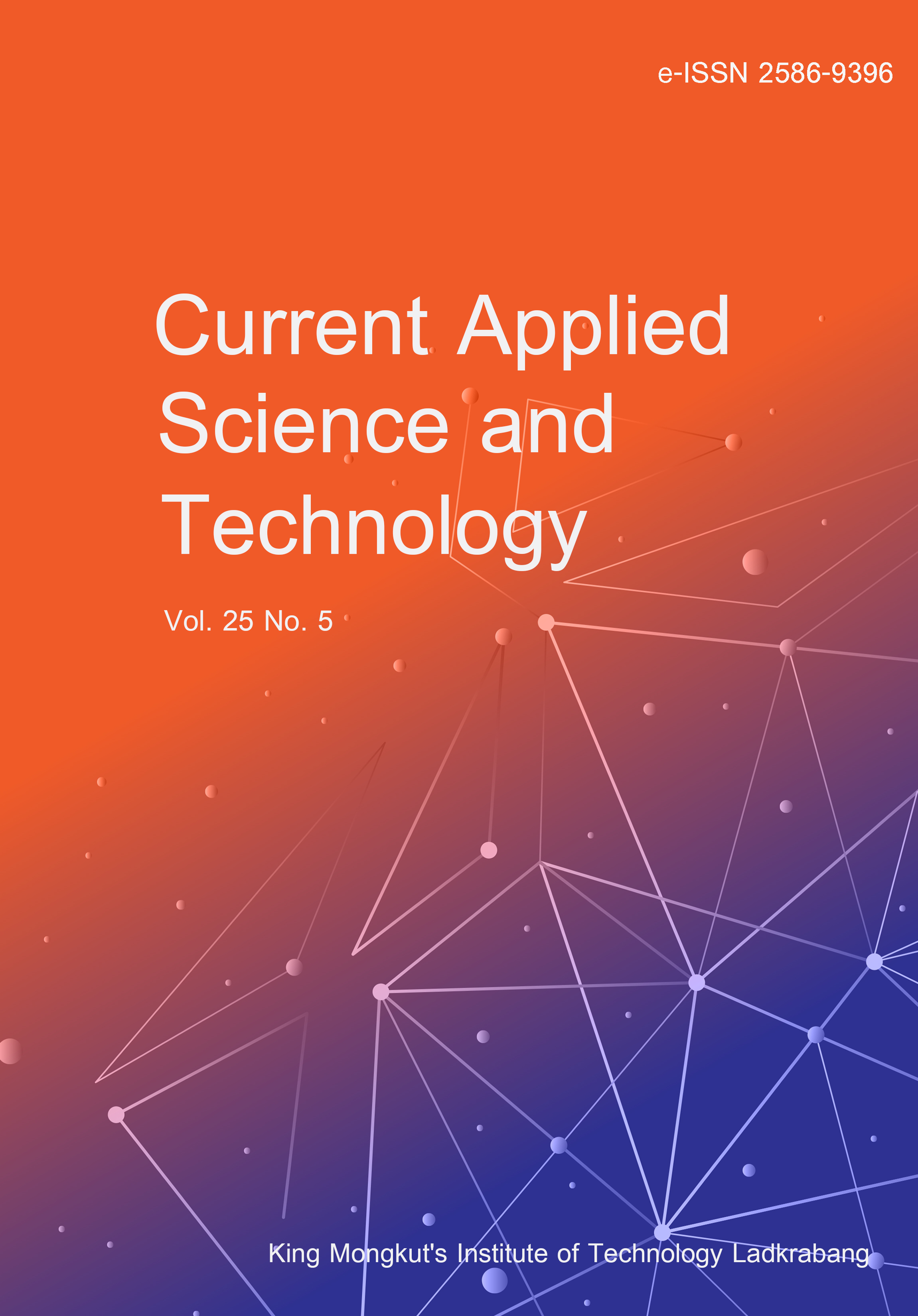Meat analogs or animal meat substitutes have become a significant alternative in the food industry, especially to meet consumer needs for healthy food products (cholesterol-free and low in saturated fatty acids) and to reduce the impact of environmental, ethical, religious, and health problems due to the excessive consumption of animal meat. One of the advantages of meat analog is that it can be formulated in such a way that its nutritional value is better than animal meat. However, meat analogs can have disadvantages, such as the product may lack the desired texture of meat. One solution to achieve a fibrous texture resembling animal meat can be done with a bottom-up technology approach and top-down technology. Protein sources in the manufacture of meat analog are classified into several categories, and one of the basic ingredients used is single cell mycoprotein. Mycoprotein, as an alternative protein source in the manufacture of meat analog, not only has a good nutritional profile that includes essential amino acids but it can also create a fibrous structure resembling animal meat. This study reviews the latest scientific reports on alternative protein sources from single cell mycoprotein, the nutritional value of single cell mycoprotein, meat analog processing technology and the potential and challenges associated with the development of meat analog in the future. Meat analog processing based on certain technologies are explained in this review.
Rohmadi, M. I. N. undefined. ., Muhandri, T. ., Hunaefi, D. undefined. ., & Setiarto, R. H. B. . (2025). Meat Analog Processing Technology from Non-animal Protein to Create Fibrous Structures Similar to Animal Meat: Review. CURRENT APPLIED SCIENCE AND TECHNOLOGY, e0264052. https://doi.org/10.55003/cast.2025.264052

